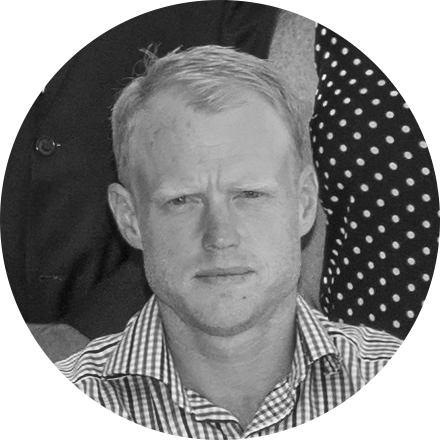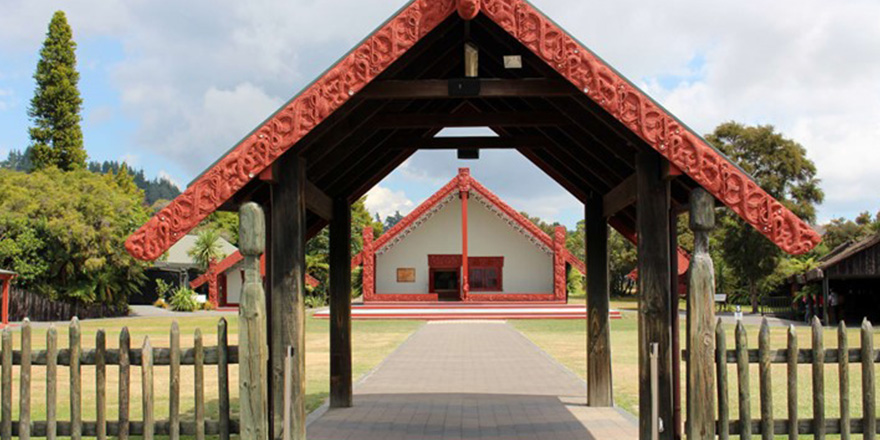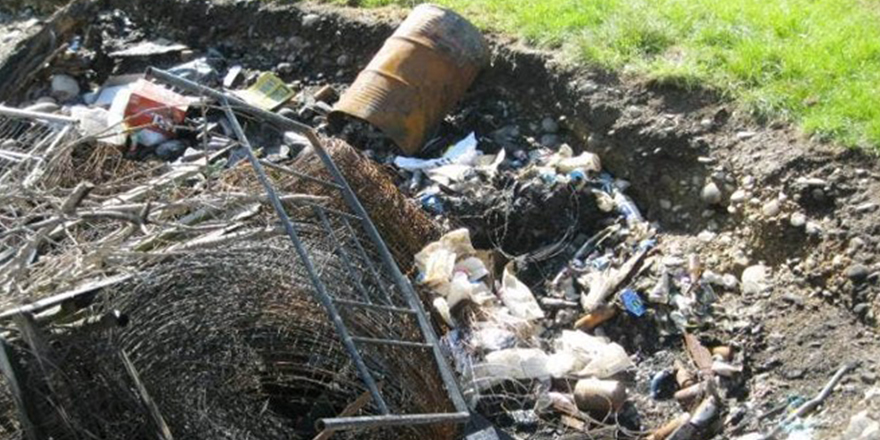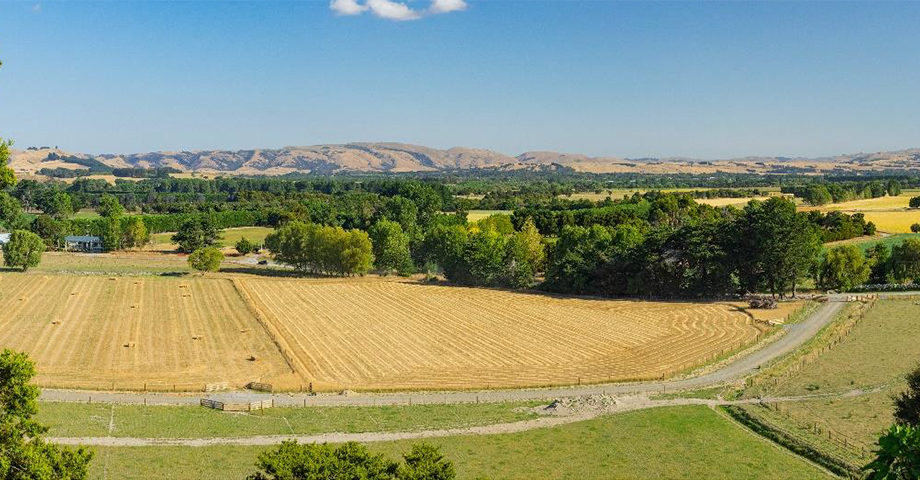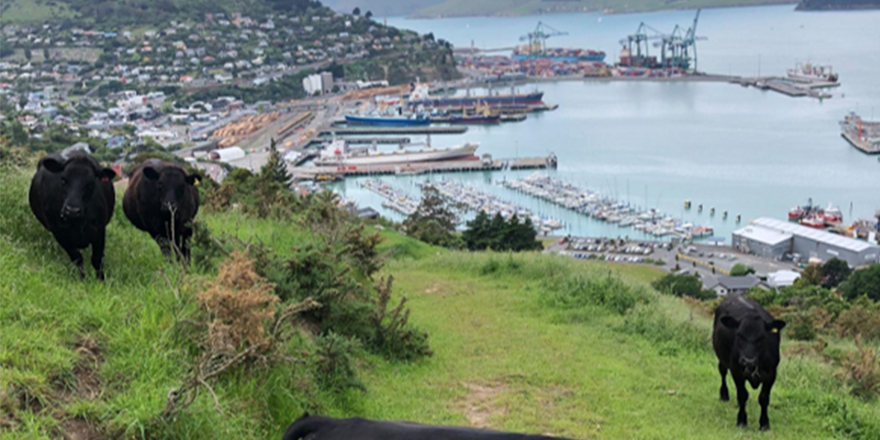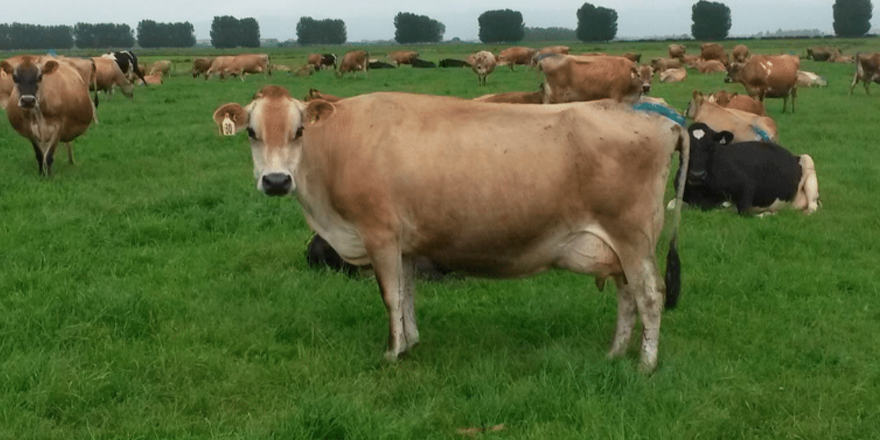
Executive Summary
The decision by Fonterra to implement TAF (Trading Among Farmers) back in 2012 was a major decision in the history of the co-operative and was predominantly to address an issue know as Redemption risk. This redemption issue was something Fonterra conceded to in the process of forming Fonterra in 2001. Government at the time wouldn’t allow the mega co-operative to be formed without shareholders and their capital to leave freely.
The final vote to implement TAF saw some shareholders raise concerns the process becoming the first step towards a public share listing and loss of farmer control. There was a strong belief that retained earning could address Redemption risk.
The aim of this report is to look at the TAF model now that it has been in place for close to 6 years. The report aims to look at why did we need TAF, how well is the model working, where would we be without it and where does Fonterra’s capital structure need to head in the future.
My study process involved reading background information that Fonterra provided its shareholders during the capital restructure process to understand why we needed. Talking with and asking some set questions of people who were involved in the process. Gaining the opinion of respected industry people who have no strong links to Fonterra through a questionnaire to build some common theme’s or opinions. Putting together a table showing Fonterra’s capital expenditure over the past 10 years, along with some key metrics of milk supply change, pay-out and gearing ratios. Analysing this data set to make some assumptions of where Fonterra would be placed without TAF. The final section deals with the fact that capital structure is an ever evolving model in co-operatives and where does Fonterra need to head in the future.
The key findings from the report are that, Redemption risk was very real issue that Fonterra faced, and we were much better placed to deal with issue back in 2007-2012 from a position of strength. It would have been a much more challenging issue to deal with now as Fonterra continues to lose milk supply via cessations and to rival competitors. Certainly, doing nothing or having greater retained earnings were not viable solutions, it simply meant kicking the can down the road. TAF is complicated to fully understand but no other viable options were really put forward at the time. TAF has given Fonterra the confidence of permeance in the balance sheet to go out and continue making capital investments without having the concern of shareholders leaving the co-operative and taking their capital with them.
Heading to the future Fonterra needs to be talking with its shareholder base on a regular basis about what they want from their co-operative and how this aligns with strategy and capital structure. Capital structure is an ever-evolving process and everyone in the business needs to be brave and open enough to good strong discussions on all options. Most outside commentators believe a two-business model one where the processing assets are separate from the value add/brands part of the business would serve the co-operative best. This would drive better performance from each unit and allow farmer shareholders to have greater choice over the level of capital they invest in their co-operative. At the end of the day there is no right or wrong answer, but it is important that discussion is strong and robust. Shareholders needs and wants from their co-operative will change over time and they are the ones who control its future direction of travel.
